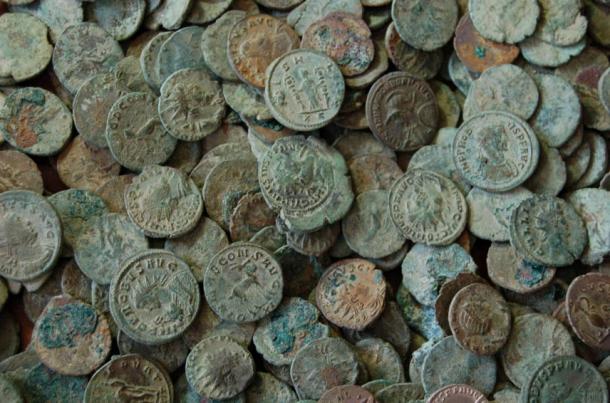Coin Grading
Following in the footsteps of the coin grading scale, there is also a Universal Rarity Scale that was developed in 1992 by Q. David Bowers, a famous numismatist. This was to better assess the rarity of a coin quickly and accurately.
5 Components of Coin Grading
1Strike
This refers to the process of stamping a blank coin for the design. Strikes are usually placed in several categories such as weak, average, above average, and full strike. A full strike is the highest and sharpest strike. MS-68, MS-69, and MS-70 are usually graded as full strike coins.
2Luster
The luster refers to namely how the surface reflects light. It is a combination of sheen, contrast, brilliance, and cartwheel, or the rotating windmill effect on the surface. When grading the luster of a coin you will want to take into account the intensity and beauty of the coin’s reflected light.
3Surface
The next component to notice when grading a coin is surface preservation. This can include any and all marks, hairlines, bagmarks, general mishandling, and any other marks made during minting. Location and severity of the mark will determine how much it will impact the grade. For example, a deep scratch on the reverse side of the coin off to the side is not as severe than a deep scratch on the main portrait on the obverse.
4Tones
Tones and coloration are probably the most subjective feature when grading a coin. This is because one person may find the coin below very attractive and appealing while another may not like it at all. You will find tones are much more important and strong in copper and silver coins than in gold coins.
5Eye Appeal
Lastly, all the 4 components above come together to create what is known as ‘eye appeal’. While it may seem subjective, eye appeal to the experienced collector comes naturally with time and experience. Grading a coin’s eye appeal is divided into 7 categories by the PCGS. They are amazing, positive, above average, neutral, below average, negative, and ugly. For some sample images of the above grades you can visit PCGS. Eye appeal can vastly differentiate the price on two coins with the same technical grade. For example, 2 Morgan silver dollars graded as XF-40 can yield different sell prices based on the toning or colors that the coins display. Knowing this beyond the grade can be extremely useful in appraising a coin.
This goes along well with the tip to specialize and focus to know the nuisances of that group of coins. If you are looking to get a coin professionally graded, the two most popular third-party grading services are PCGS and NGC.

